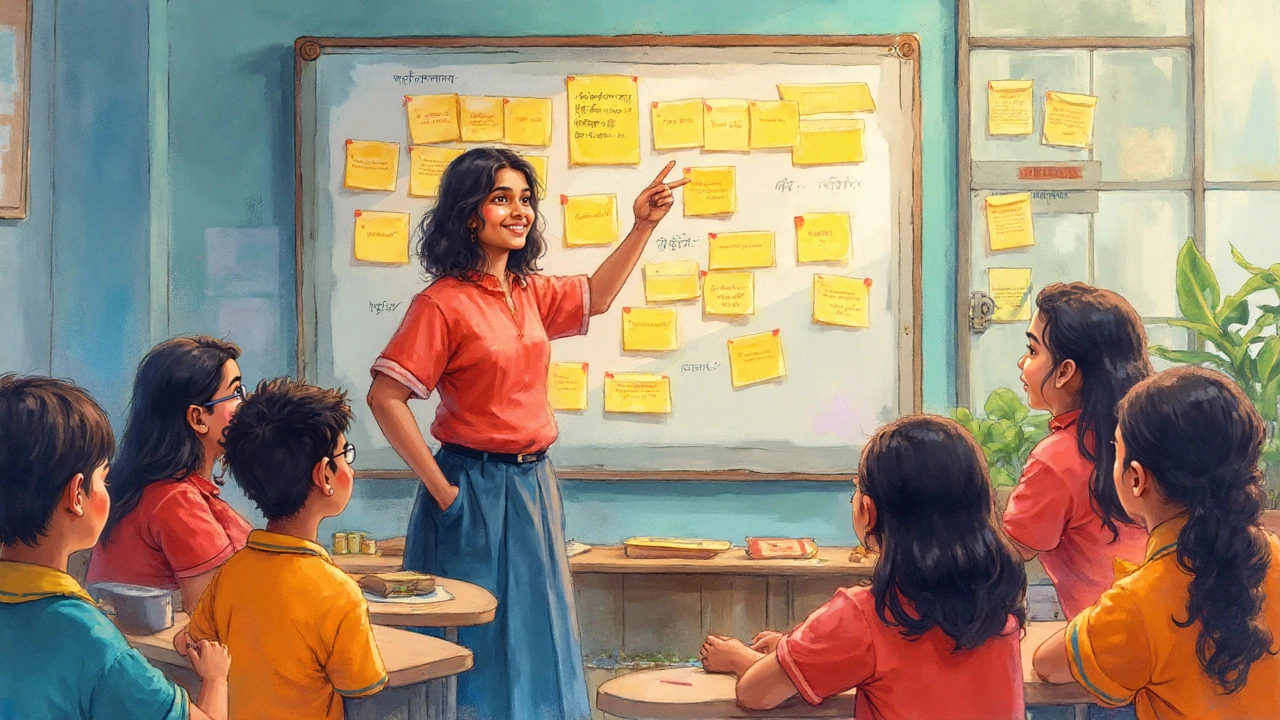How to Code – Your First Steps into Programming
When tackling How to Code, a step‑by‑step approach for beginners and self‑learners to start programming. Also known as coding basics, it opens doors to tech careers, problem‑solving hobbies, and digital creation.
One of the biggest decisions early on is picking a programming language, the specific syntax and ecosystem you’ll work with. Languages differ in difficulty, community support, and typical use cases. For example, Python is praised for readability and data science, while JavaScript powers web interfaces. Choosing the right language shapes your learning curve and future projects.
Many learners go the self‑taught programming, a disciplined, resource‑driven path without formal classes. This route requires consistent practice, clear goals, and reliable materials. Platforms like free online tutorials, coding bootcamps, and community forums fill the gap left by traditional education. When you combine self‑motivation with structured resources, you create a powerful learning engine.
Resources, Practice, and Real‑World Projects
Finding the right coding resources, books, videos, interactive sites, and open‑source projects, can make or break your progress. High‑quality resources give you clear explanations, hands‑on exercises, and feedback loops. For instance, interactive coding sites let you write and test code instantly, reinforcing concepts as you go.
Beyond passive learning, coding challenges, structured problems that test algorithmic thinking are essential. Platforms that host daily puzzles push you to apply syntax, break down problems, and build efficient solutions. Regular challenge practice strengthens problem‑solving muscles and prepares you for job interviews or personal projects.
Putting theory into practice through small projects ties everything together. Building a simple website, automating a daily task, or creating a data‑visualization demo lets you see the impact of each line of code. Projects also create a portfolio you can showcase to potential employers or collaborators.
The journey of learning to code isn’t linear. You’ll revisit concepts, stumble over bugs, and sometimes feel stuck. Those moments are where community helps: forums, study groups, and mentorship programs offer fresh perspectives and quick answers. Engaging with others also exposes you to diverse tools and workflows, expanding your skill set.
Now that you have a roadmap—choose a language, gather reliable resources, solve challenges, and build real projects—you’re ready to explore the articles below. They dive deeper into exam prep, career tips, fast‑track learning, and more, giving you actionable insights to accelerate your coding journey.
Unlock coding with an easy guide to the 7 steps of programming—from identifying problems to debugging. Solid tips for beginners. Walk through each step clearly.
